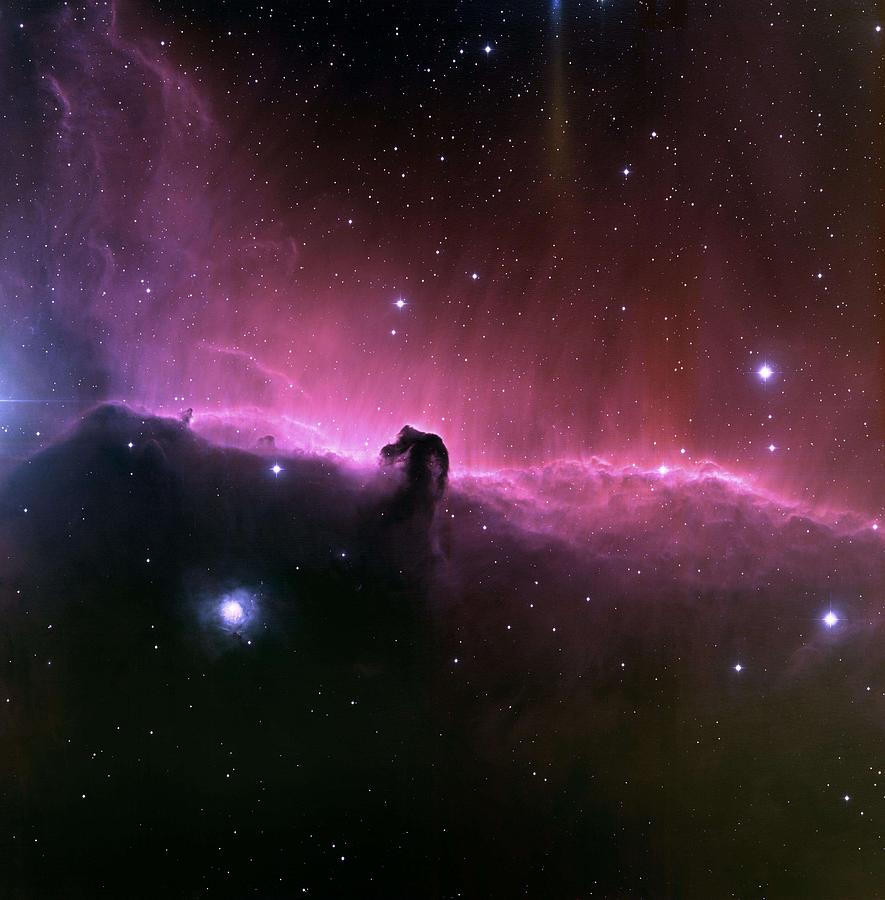


A typical open cluster is less than 50 light-years across. Also called “galactic clusters” because they are usually found in the plane of the galaxy. They are often associated with more diffuse nebulosity, as well. They are generally not gravitationally bound and will disperse in a relatively short period of time, astronomically speaking. Open clusters are loose aggregations of dozens or hundreds of young stars. (M 13 shown see the SEDS Messier catalog for more examples.) A typical globular cluster is a few hundred light-years across. There are several hundred globular clusters associated with our galaxy. Globular clusters are not concentrated in the plane of the galaxy but rather are randomly distributed throughout the halo. They consist primarily of very old stars. Globular clusters are gravitationally bound groups of many thousands (sometimes as many as a million) of stars.

(M 51 shown see the SEDS Messier catalog for more examples.) A typical galaxy is 100,000 light-years in diameter. Our own Milky Way galaxy is just one of the billions of galaxies now known to exist. Thanks in large part to the work of Edwin Hubble whose famous paper “The Realm of the Nebulae” finally put the issue to rest, we now know that these are really vast conglomerates billions of stars which are very much more distant from the Earth than other nebulae. More strictly speaking, the word “nebula” should be reserved for gas and dust clouds and not for groups of stars.Įarly in this century, there was a great debate as to the nature of the nebulae like this one which at that time could not be resolved into individual stars. We sometimes use the word “nebula” to refer to galaxies, various types of star clusters and various kinds of interstellar dust/gas clouds. As is usual in astronomy, the old terminology survives in modern usage in sometimes confusing ways. The etymological root of “nebula” means “cloud”. Originally, the word “nebula” referred to almost any extended astronomical object (other than planets and comets).


 0 kommentar(er)
0 kommentar(er)
